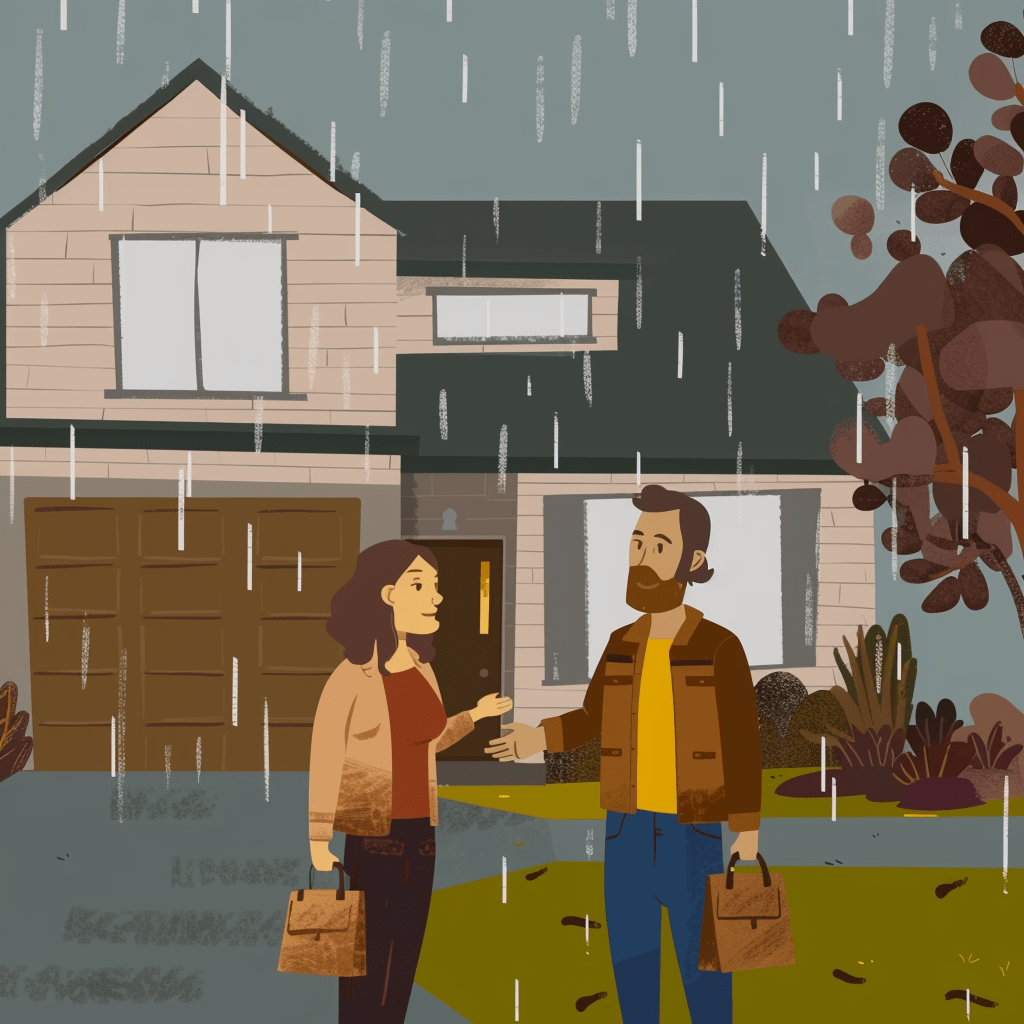Old Pillows for Repurposing

To repurpose old pillows effectively, we need to evaluate their condition and clean them thoroughly. This ensures they are safe and suitable for their new use.
Evaluating Pillow Condition
First, we need to check the pillow’s materials. Feather, foam, and synthetic pillows each wear out differently. Let’s inspect the pillow for signs of wear and tear. Look for lumps, flat spots, or tears in the fabric.
If a pillow smells bad or feels damp, it might have mold or mildew. In this case, it’s best to discard it. We also need to consider allergens. Old pillows can host dust mites and other allergens. If anyone in the household has allergies, be very cautious.
Washing and Drying Pillows Properly
If the pillow is still in usable condition, the next step is to wash it. Feather pillows can usually be machine-washed. Use a gentle cycle with mild detergent. Synthetic and memory foam pillows may require different care. Foam pillows should not be machine-washed. Instead, spot-clean them with a damp cloth.
For drying, use a low heat setting, especially for feather and synthetic pillows. Make sure the pillow is completely dry to prevent mold growth. Fluff the pillow gently during the drying cycle to keep it even. For foam pillows, allow them to air dry completely.
By following these steps, we ensure our old pillows are clean and ready for repurposing.
Creative and Practical Uses for Repurposed Pillows

Repurposed pillows can be incredibly useful in various ways around our homes and gardens. We’ll explore how old pillows can contribute to insulation, gardening, and creative home decor projects.
Home Improvement and Insulation
We can use old pillows to help insulate our homes. Polyester pillow fillings are great for making draft stoppers. If we sew a long tube and fill it with old pillow stuffing, we can place it at the bottom of doors to block cold air. This helps keep our homes warmer in the winter.
For smaller drafts, like around windows, pieces of old pillows can act as stuffing to fill those gaps. Even in the chimney, using parts of old pillows can help stop drafts. Another idea is to use the fabric to create a door sealant. This is an effective way to make sure our homes are more energy efficient.
Gardening Applications
In the garden, pillows can find a new life. We can use the polyester stuffing to insulate our plants. By placing the stuffing around the base of plants, we protect them from cold weather. This is especially helpful for sensitive plants.
Old pillows can also be used as kneeling pads. When we garden, having a soft cushion to kneel on makes the work more comfortable. Simply place an old pillow in a sturdy, waterproof cover, and we have a ready-to-use kneeler. Also, placing pillows in pet cages, like those for hamsters, can provide a cozy bed.
Arts, Crafts, and Home Decor
For those of us who love crafting, old pillows are a treasure trove. We can use them to make floor cushions. By sewing larger covers and filling them with old pillow stuffing, we create comfy and cost-effective seating options. These make great additions to living rooms or bedrooms.
Old pillow fabric and fillings are perfect for making throw pillows. We can mix and match different fabrics to create unique designs. Besides, using old pillows as stuffing for handmade soft toys or crafts adds a personal touch to our creations.
Even converting old pillows into rags provides us with materials for cleaning or other household tasks. The fabric can be cut into pieces and used for dusting or washing windows. This way, we reduce waste and make good use of what we have.
I’m Cartez Augustus, a content creator based in Houston, Texas. Recently, I’ve been delving into different content marketing niches to achieve significant website growth. I enjoy experimenting with AI, SEO, and PPC. Creating content has been an exciting journey, enabling me to connect with individuals who possess a wealth of knowledge in these fields.

